- News
- Reviews
- Bikes
- Accessories
- Accessories - misc
- Computer mounts
- Bags
- Bar ends
- Bike bags & cases
- Bottle cages
- Bottles
- Cameras
- Car racks
- Child seats
- Computers
- Glasses
- GPS units
- Helmets
- Lights - front
- Lights - rear
- Lights - sets
- Locks
- Mirrors
- Mudguards
- Racks
- Pumps & CO2 inflators
- Puncture kits
- Reflectives
- Smart watches
- Stands and racks
- Trailers
- Clothing
- Components
- Bar tape & grips
- Bottom brackets
- Brake & gear cables
- Brake & STI levers
- Brake pads & spares
- Brakes
- Cassettes & freewheels
- Chains
- Chainsets & chainrings
- Derailleurs - front
- Derailleurs - rear
- Forks
- Gear levers & shifters
- Groupsets
- Handlebars & extensions
- Headsets
- Hubs
- Inner tubes
- Pedals
- Quick releases & skewers
- Saddles
- Seatposts
- Stems
- Wheels
- Tyres
- Health, fitness and nutrition
- Tools and workshop
- Miscellaneous
- Cross country mountain bikes
- Tubeless valves
- Buyers Guides
- Features
- Forum
- Recommends
- Podcast
review
£60.00
VERDICT:
Excellent tyres for mixed road and gravel riding, with tubeless comfort and puncture resistance
Weight:
456g
Contact:
At road.cc every product is thoroughly tested for as long as it takes to get a proper insight into how well it works. Our reviewers are experienced cyclists that we trust to be objective. While we strive to ensure that opinions expressed are backed up by facts, reviews are by their nature an informed opinion, not a definitive verdict. We don't intentionally try to break anything (except locks) but we do try to look for weak points in any design. The overall score is not just an average of the other scores: it reflects both a product's function and value – with value determined by how a product compares with items of similar spec, quality, and price.
What the road.cc scores meanGood scores are more common than bad, because fortunately good products are more common than bad.
- Exceptional
- Excellent
- Very Good
- Good
- Quite good
- Average
- Not so good
- Poor
- Bad
- Appalling
The Clemént X'Plor MSO Tubeless Folding Adventure Tyre is an excellent tubeless-ready choice for venturing off the beaten track, at speed. At £60 RRP in its tubeless-ready guise it's not cheap, but you definitely get what you pay for.
Clément Tyres is a historic French brand going back to the late 1800s, with a world-class pedigree in classics and tours. After World War 1 the brand moved to Italy, then was purchased by Pirelli in the 80s and production moved to Thailand, where it ceased in the mid-90s. In 2010 Denver-based Donnelly Sports purchased the licence from Pirelli, and the current Cléments are made under licence in Taiwan. The MSO is 'named for the airport code of Missoula, Montana, home of the Adventure Cycling Association and the inspiration for countless cycling journeys'. So this veritable Washington's Axe of cycling brands is offering a bang up-to-date product, but there's nowt wrong with trading on a bit of history if what you offer the consumer is a class act.
The 36mm MSO measures 35mm wide on a 19mm internal-width rim. Whilst this may seem short change, unless you are 100% certain your frame is capacious enough, being a smidge under is definitely better than over, which may see your frame clogged or rubbed.
Buy Clement X'Plor MSO Tubeless
Able to be set up tubeless or tubed, there are two sizes of the tubeless MSO variant available: the tested 36mm, and a soon-to-be-launched and frankly whopping 50mm (that's 2in to you mountain bike folks). Also in the MSO range (but not tubeless) are the following variants: 32, 40 & 50mm sizes, available as both single-compound 60TPI (threads per inch) and dual-compound 120TPI casings. There's a 120TPI dual-compound 36mm MSO coming later this year. With so many variants, be sure you're ordering the right tyre.
What you get with more threads-per-inch is a more supple casing using thinner fibres (which costs more to make), able to flex around road and trail irregularities without losing a significant amount of energy. This translates into a smoother, less energy-sapping ride, thanks to both less hysteresis loss (endless bending/straightening of your tyre wall) heating up your tyre casing, plus less suspension loss bouncing your bike and ultimately body up and down.
There are a lot of variables in how tyre casings are measured and how the numbers are twisted by marketing departments – anyone claiming a TPI count higher than 120 is probably telling porkie pies. A good summary is here.
When considering tubeless variants the traditional thinking on TPI and suppleness goes out the window, as tubeless tyre carcasses require additional layers to provide strength, impact resistance and an airtight seal when using the increasingly-common non-latex-based sealants. The benefit of tubeless puncture resistance means you can run a tubeless tyre at lower pressures than would be sensible with a tubed tyre, further muddying the waters regarding comparative tyre feel and resistance. Anyone getting into tubeless tyres these days will benefit from huge advances in tyre carcass design over the last few years, which is seeing tubeless tyres now often weighing the same or even less than non-tubeless versions.
Read more: Everything you need to know about tubeless tyres
Setting the MSOs up tubeless wasn't without some trial-and-error, but that was more down to a clogged valve than the fault of the MSOs, which sat fairly snugly on the rim and didn't require any tubeless-fit shenanigans such as wrapping an inner tube around the tyre to force the beads into place whilst inflating. As with all things tubeless, the rim profile and the quality of your inflation device is paramount.
Once up they stayed up, using a non-latex-based sealant (Slime Pro). Over the test period, on and off-road I didn't suffer any puncture that was noticed, so the MSO ticks the box for puncture resistance.
I fitted the MSOs to the rather fab Genesis Datum 10, two weeks out from the 2017 Dirty Reiver 200km gravel event. They replaced the stock 32mm Clément Strada LGG tyres which were definitely not tubeless, as three pinchflats on the first ride demonstrated.
Hitting the local bridleways and gravel roads on the Datum shod with the MSOs was a blast. The close-packed centre ridge rolled well on tarmac, and the speed didn't drop transitioning to gravel; if anything the bike felt faster. The more open lugs towards the edge of the tyre gave confidence in off-road corners, even on Hampshire's oft-treacherous chalky clay surfaces. On a 100km Dirty Reiver shakedown ride across the South Downs mixing up all manner of bridleway, farm track, grass downland and country lane, the MSOs impressed with their grip and comfort. The 36mm volume meant I could run around 45PSI at the rear and 35 at the front, while retaining cornering ability at speed on tarmac. The MSO's transition from the centre tread leaning into a corner isn't a rip-your-face-off-as-soon-as-look-at-you moment, a benefit of less aggression at the sides making for a better all-round ride.
On the Dirty Reiver itself I ran much higher pressures than planned thanks to a numpty moment involving a disintegrating handpump the night before coupled with an inability to pack properly for an event. Over the 200km of often god-awful Belgian-cobble-grade surfaces I didn't suffer a single puncture, as you'd expect, but the extra 20-odd PSI definitely made things less grippy and more uncomfortable than planned.
That said, the MSOs kept me stuck to the ground, and happy to descend Kielder Forest's many and varied gravel roads at speed. The 20km of tarmac in the middle of the event allowed an excellent contrast of off- and on-road performance. Again, the MSOs rolled smoothly and quietly, and with some five hours already done I didn't feel like I was riding through treacle. Passing the 'lunch' feedstop and into a section of uphill, damp, greasy, borderline-kinderkoppen-surfaced forest trail, again I couldn't blame the MSOs for my state of mind. Emerging back on to dry gravel and picking up another 10kph speed felt like surfacing from underwater.
It's great to see the cycling industry developing products like the MSO alongside bikes equally at home on- or off-road. The freedom to explore and vary your route largely unconstrained by debilitating resistance or questionable grip, alongside the puncture-proof assurance of tubeless literally widens your horizons and makes cycling more enjoyable. If you only own one bike and want to use it on all surfaces, the Clemént X'Plor MSO is an excellent tyre choice.
Verdict
Excellent tyres for mixed road and gravel riding, with tubeless comfort and puncture resistance
road.cc test report
Make and model: Clement X'Plor MSO tyre
Size tested: 36mm
Tell us what the product is for, and who it's aimed at. What do the manufacturers say about it? How does that compare to your own feelings about it?
The MSO is for people wanting to go far and fast, mixing gravel and rougher trails with tarmac.
Clement say:
The X'Plor MSO is an adventure tire designed for mixed conditions. The combination of smooth-rolling center knobs and aggressive shoulder lugs provide great traction and durability for gravel roads, trails, cyclocross, urban assault and even pavement. The MSO will fit on your cyclocross or gravel bike, commuter, and touring rig. It comes in three sizes: 700 x 32mm, 700 x 36 mm and 700 x 40mm.
The MSO tire is named for the airport code of Missoula, Montana, home of the Adventure Cycling Association and the inspiration for countless cycling journeys.
Clement's X'Plor adventure tire series is designed to bridge the gap between pavement and blazing your own trail. Each tire within this series is designed for multiple conditions from off-road touring to gravel racing to just getting outta' Dodge.
Tell us some more about the technical aspects of the product?
Product Features:
Size: 700 x 32 mm, 700 x 36 mm and 700 x 40 mm
Tread: Smooth-rolling center knobs and aggressive shoulder lugs.
Soft rubber compound for extra grip and shock absorption.
Casing: 60tpi or 120tpi versions available.
Details: Clincher, folding bead, (or tubeless ready) color black
Read Clement tire reviews here.
Rate the product for quality of construction:
9/10
Rate the product for performance:
9/10
Rate the product for durability:
10/10
They look unmarked after a thousand km.
Rate the product for weight (if applicable)
7/10
Not light. but you get that.
Rate the product for comfort (if applicable)
9/10
Rate the product for value:
8/10
At £60 RRP, the MSO is getting pretty pricey. That said, the performance and longevity is excellent - well worth it.
Tell us how the product performed overall when used for its designed purpose
Cannot fault the ride, on or off road, factoring in these are very different applications.
Tell us what you particularly liked about the product
The grip. Surefooted.
Tell us what you particularly disliked about the product
Nothing, really
Did you enjoy using the product? Yes
Would you consider buying the product? Yes
Would you recommend the product to a friend? Yes
Use this box to explain your score
I really can't fault the MSO, so the half-star is lost due to being pretty much on-par price-wise with other tubeless tyres of similar performance.
About the tester
Age: 43
I usually ride: Merida Ride 5000 Disc My best bike is:
I've been riding for: Over 20 years I ride: A few times a week I would class myself as: Expert
I regularly do the following types of riding: cyclo cross, club rides, general fitness riding, mtb, Dutch bike pootling.
Living in the Highlands, Mike is constantly finding innovative and usually cold/wet ways to accelerate the degradation of cycling kit. At his happiest in a warm workshop holding an anodised tool of high repute, Mike's been taking bikes apart and (mostly) putting them back together for forty years. With a day job in global IT (he's not completely sure what that means either) and having run a boutique cycle service business on the side for a decade, bikes are his escape into the practical and life-changing for his customers.
Latest Comments
- David9694 4 hours 45 min ago
Car crashes outside Poundland in Abingdon town centre...
- ktache 4 hours 59 min ago
I'm impressed by my DX1000, the keys look difficult for picking, though I'd like to seethe LPL having a go at one. And it definitely feels the part...
- dubwise 6 hours 13 min ago
So cyclists will be punished far heavier than killer drivers. Sums up the fkd up UK.
- HLaB 6 hours 26 min ago
I've done the 312 and other closed roads events like the Etape Caledonia and each time there is bad press like this in advance but on the day the...
- Rendel Harris 6 hours 26 min ago
It's not that surprising that Mr GrumpyGobshite hasn't seen the 20mph limit "stuck too [sic] in 47 years" as it was only reintroduced in 2004, it...
- Pub bike 6 hours 42 min ago
Spiral wound cables can expand and contract and possibly help with brake modulation, as well as make tighter bends. ...
- Burnsy Bhoy 8 hours 4 min ago
My TL200 rear light stopped working after 14 months - it seems IP ratings arent what they say on the tin! I have tried different brands and all...
- OnYerBike 14 hours 15 min ago
I've no idea what the situation is here, but I've seen plenty of "under construction" cycle lanes where there are only signs/barriers around the...
- the little onion 14 hours 22 min ago
whereas the whole point is that they didn't hit you this time
- Tom_77 14 hours 35 min ago
AIUI an entering-circulating accident [sic] would be when the vehicle entering the roundabout fails to give way to the vehicle circulating.






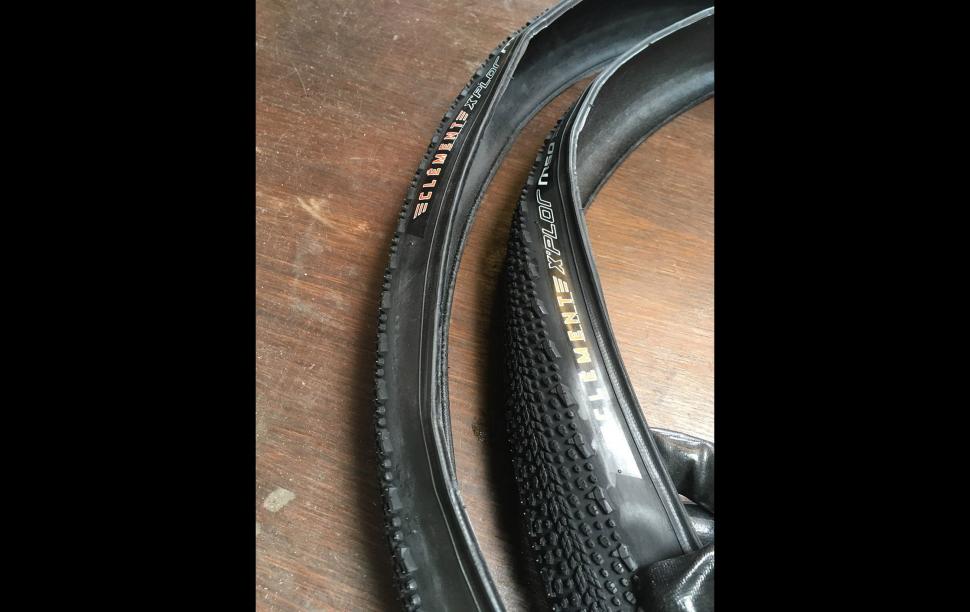
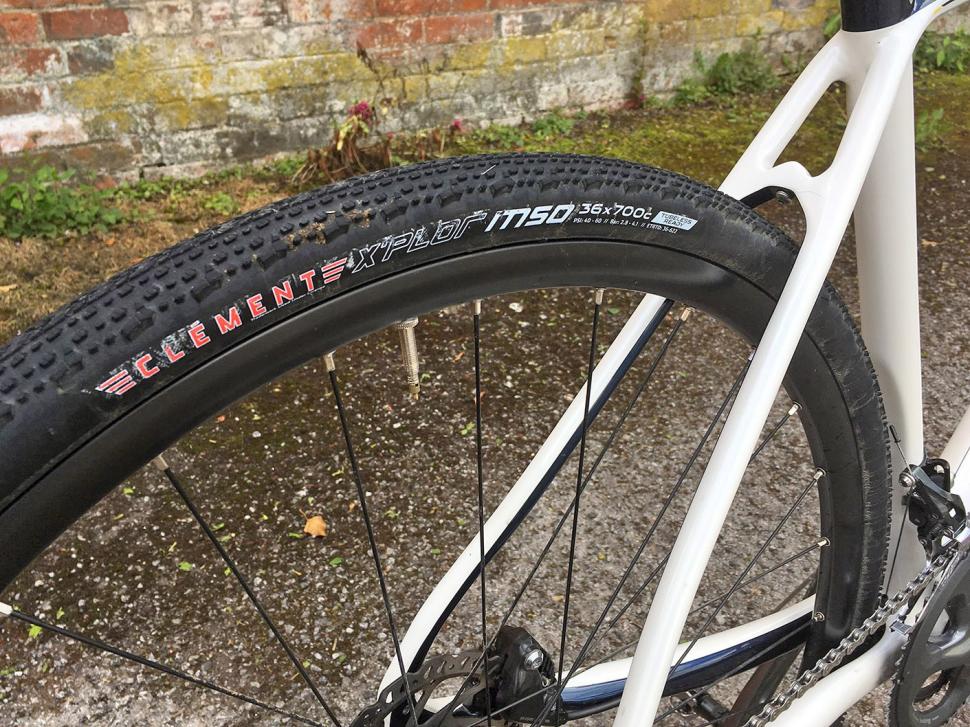
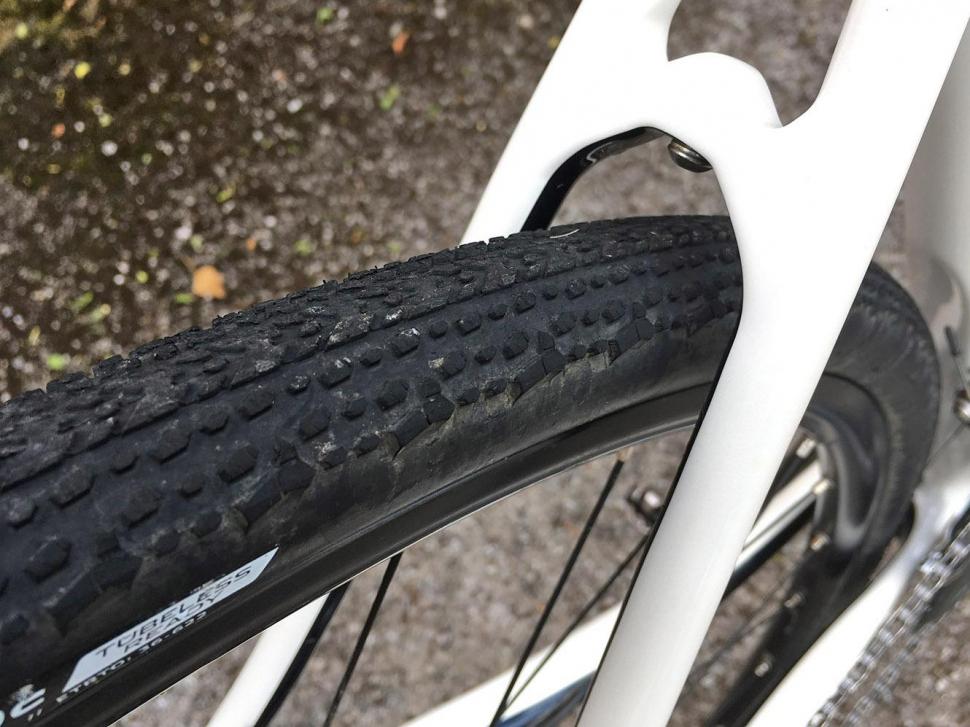

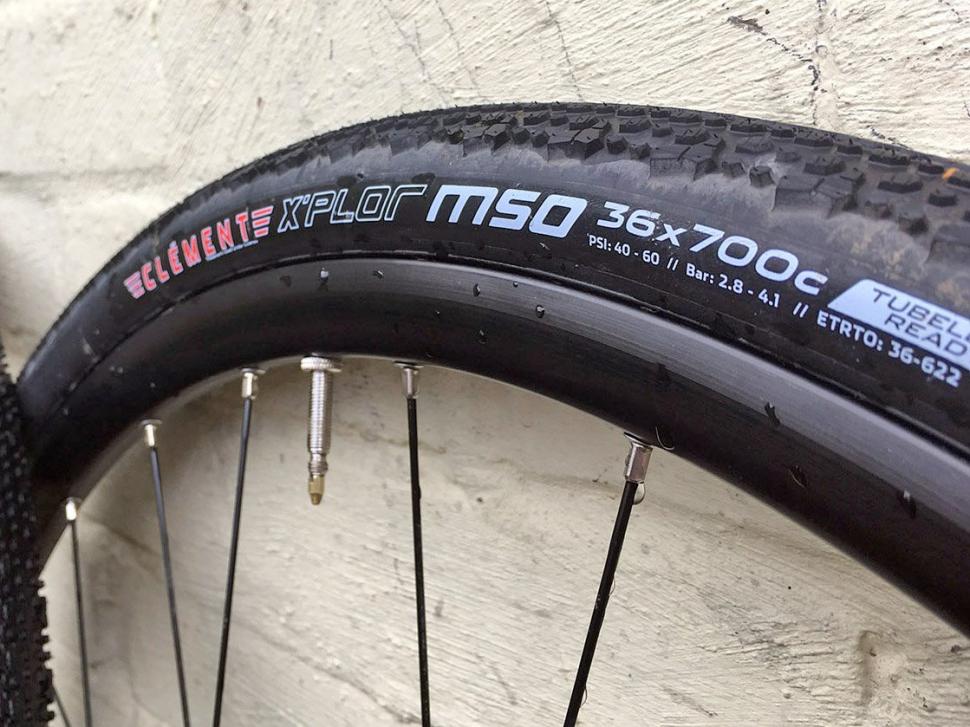
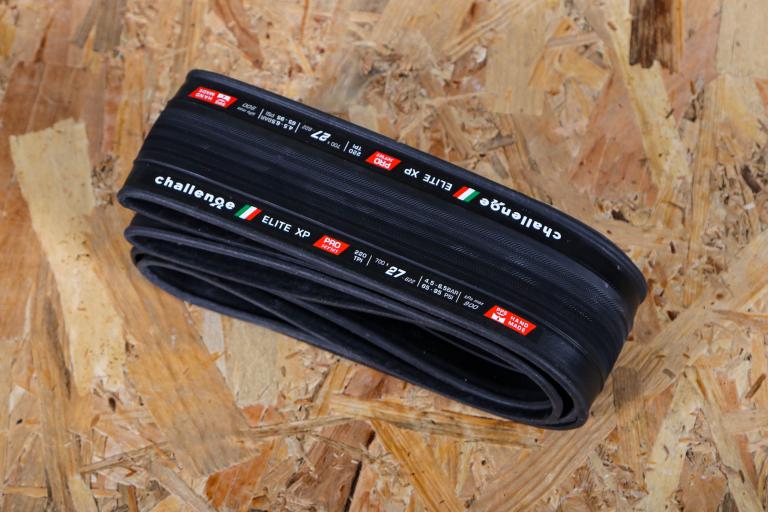
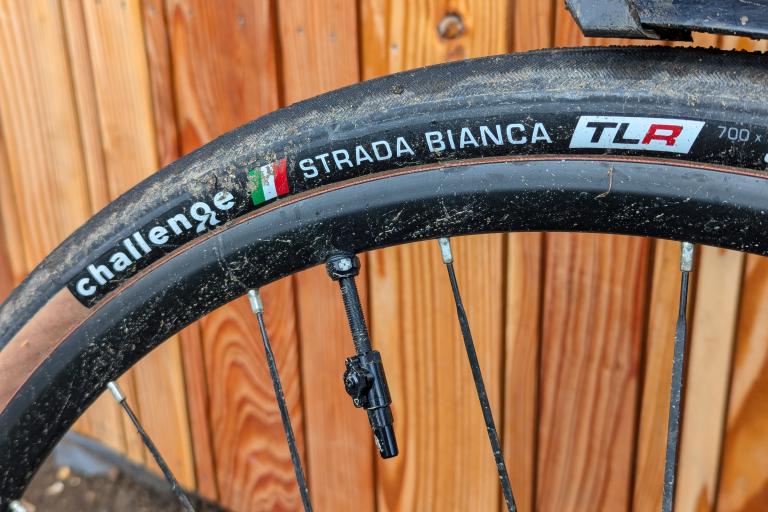
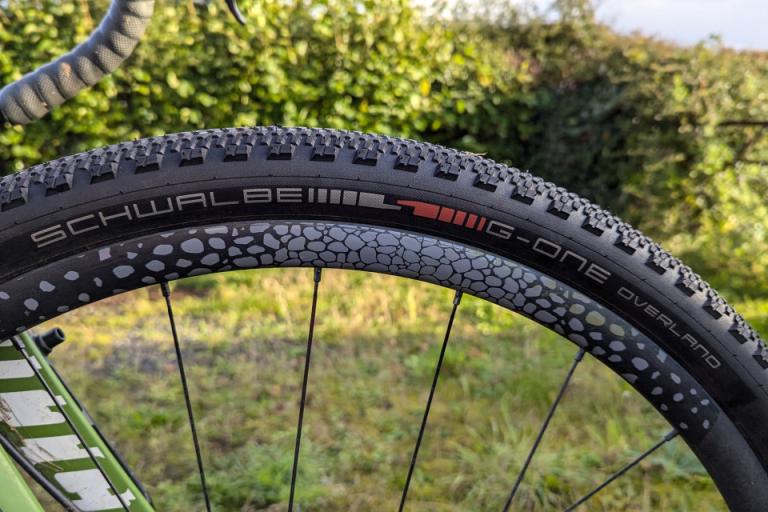

Add new comment
1 comments
A nice summation of everything I'm enjoying about my 'gravel' bike at the moment.
I've taken a Trek Superfly, tweaked the handlebar set up (narrower..) and put some 40c Kenda Kwick Tendril tyres on it. The tyres aren't even all that special, weight 550g and are mostly slick, but the bike feels great on the road, and can handle landrover tracks, cycle paths and even singletrack trails, so long as you don't force the pace too high.
Looking forward to an excuse to upgrade the tyres to something lighter and more supply, wonder if Clement will ever introduce a tan wall version...